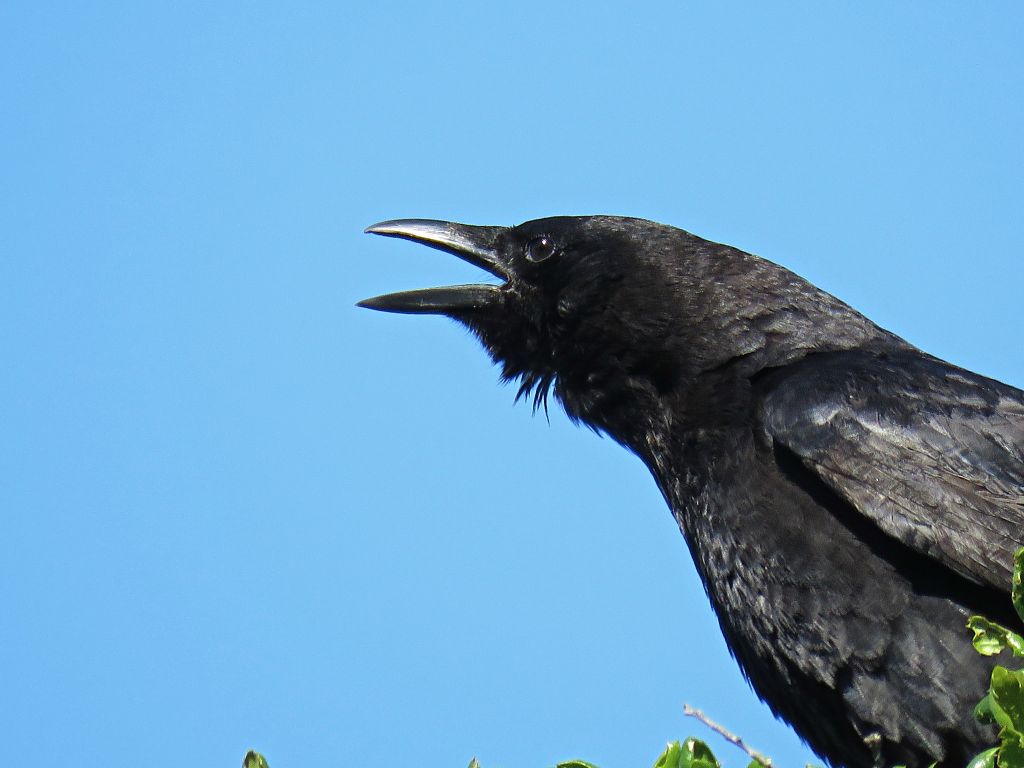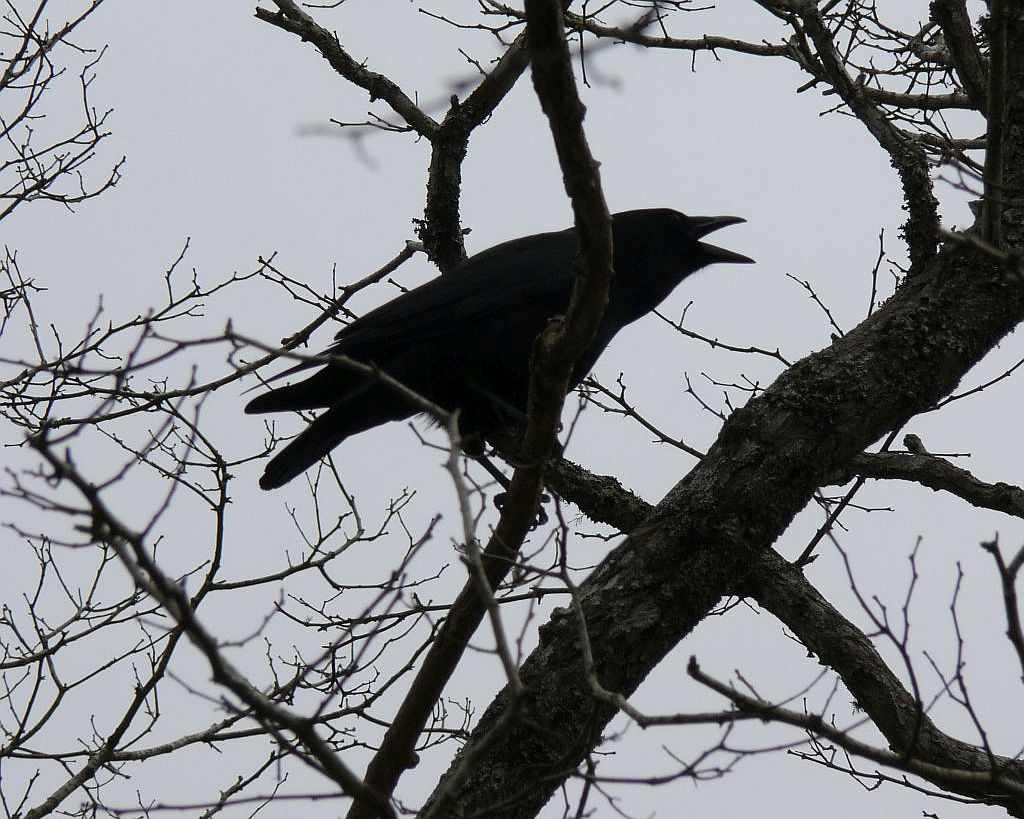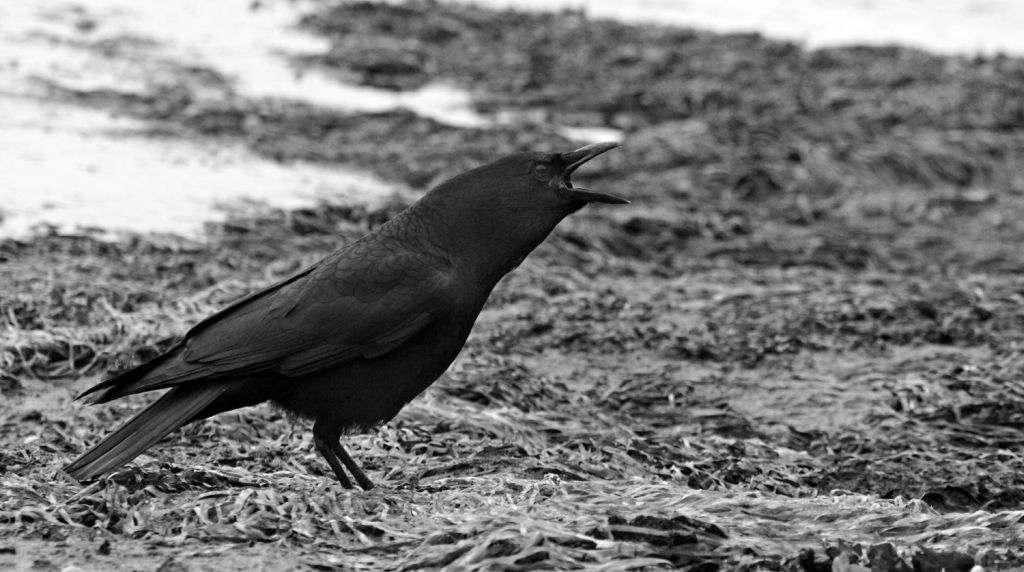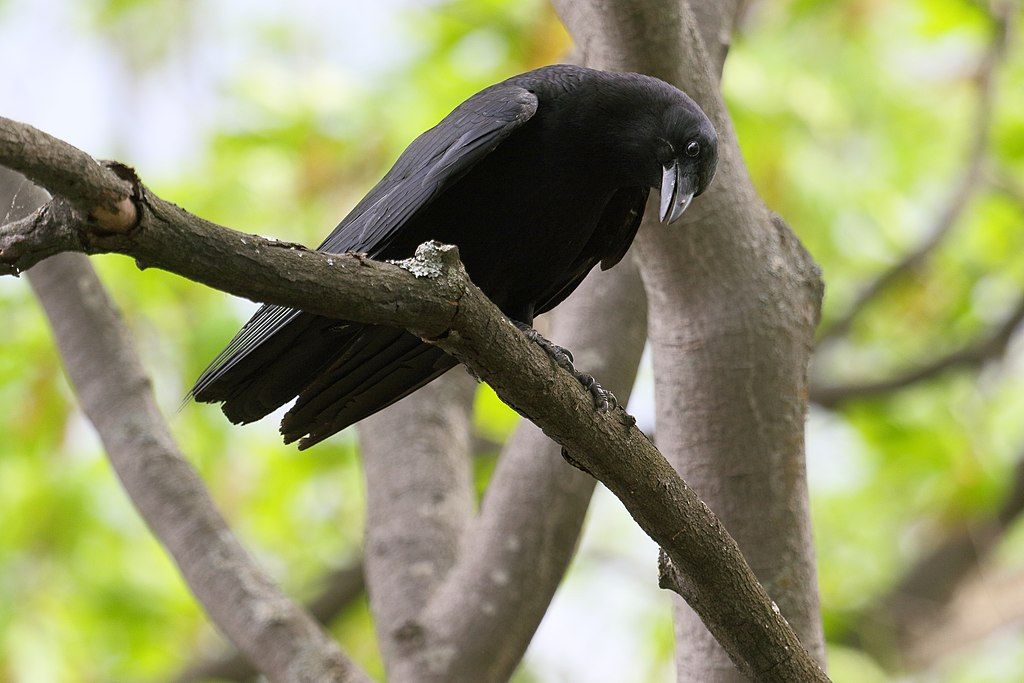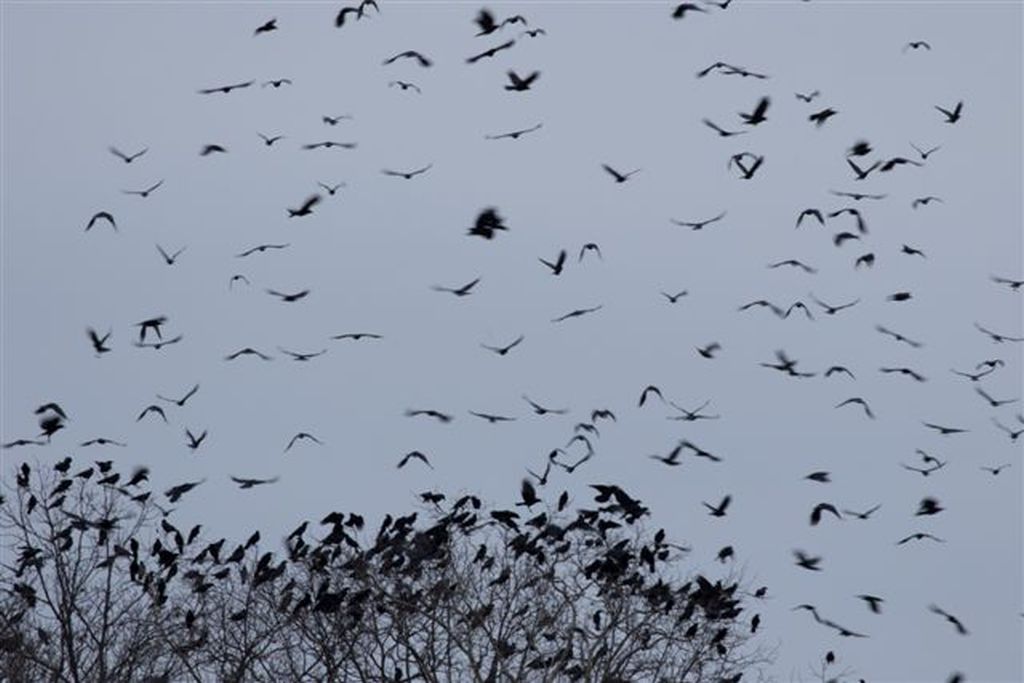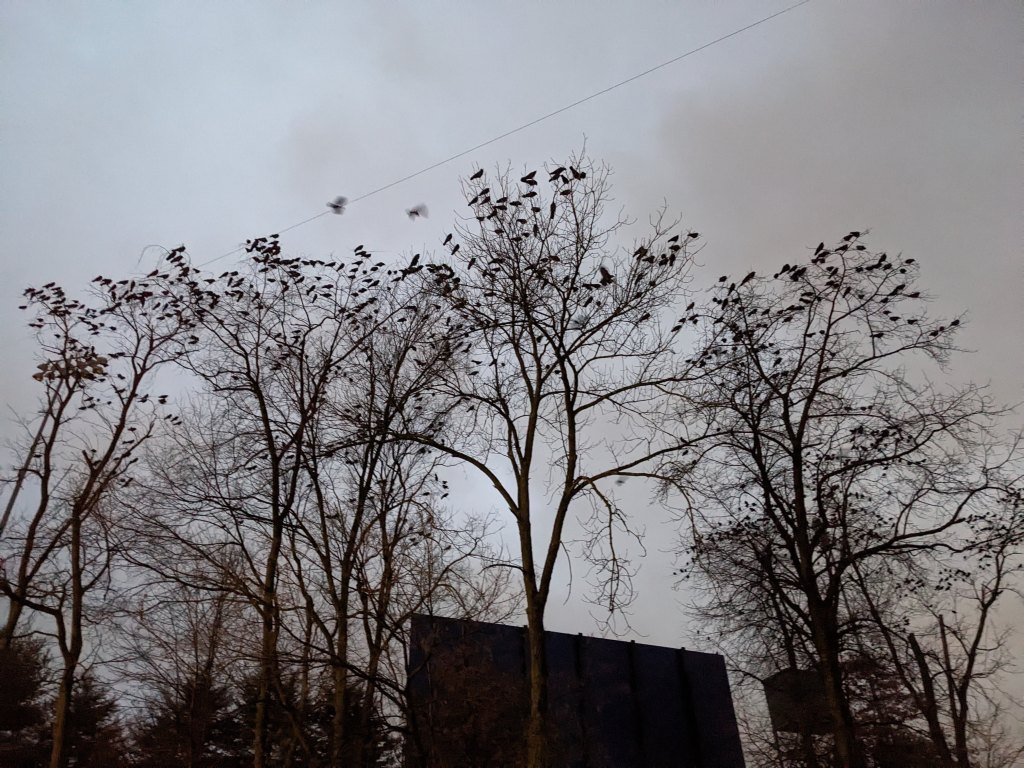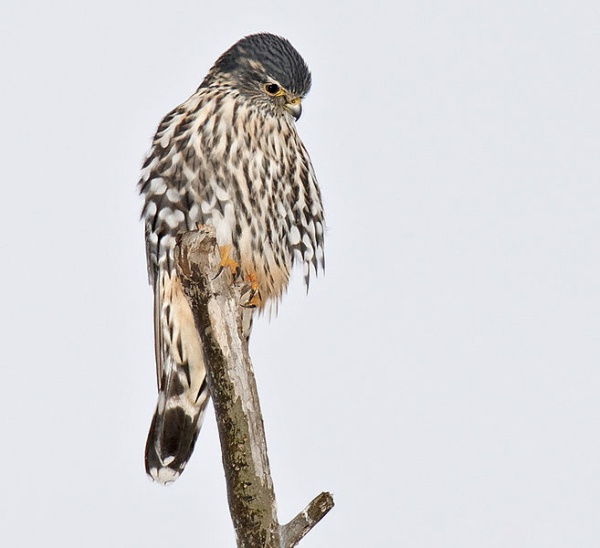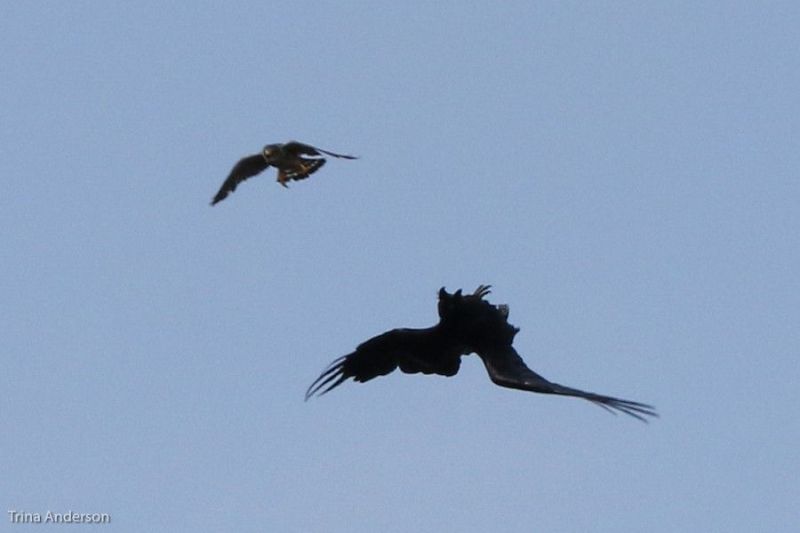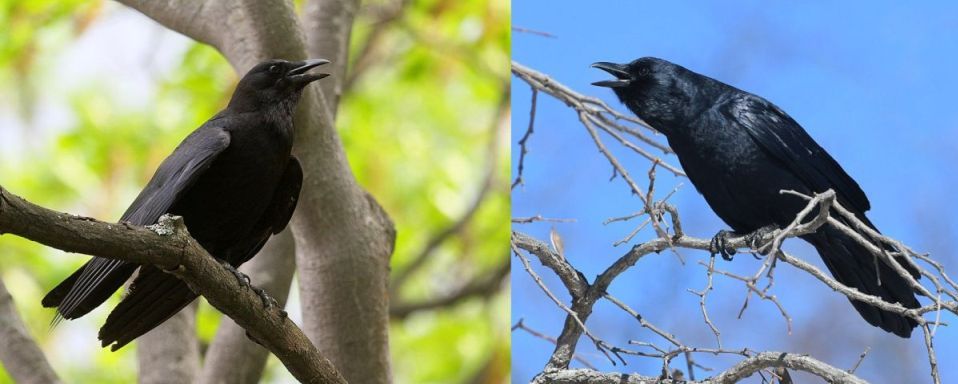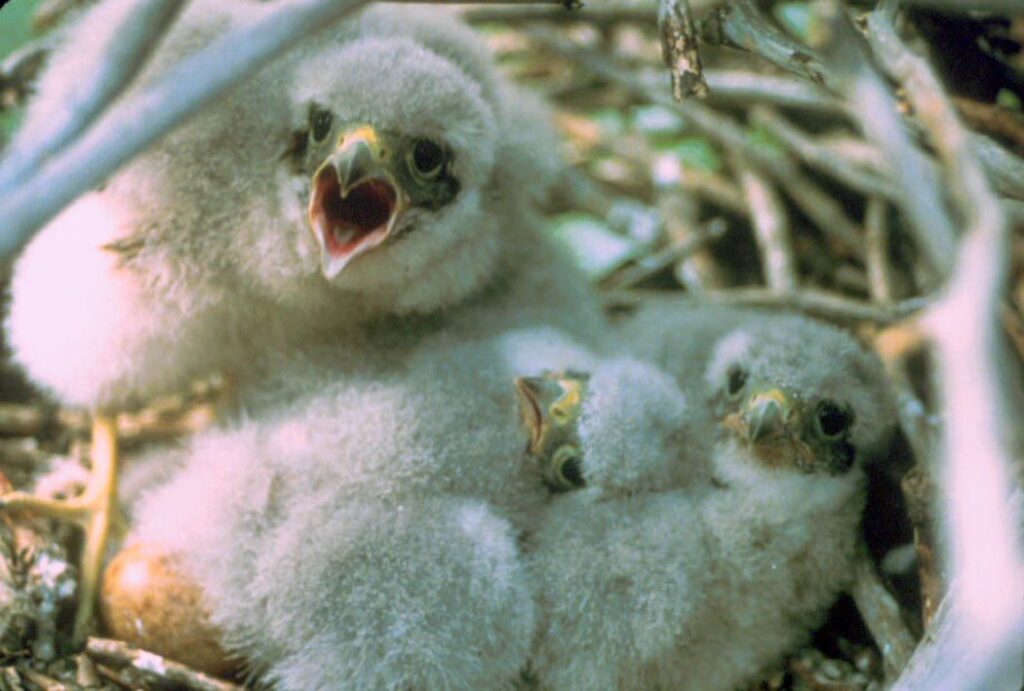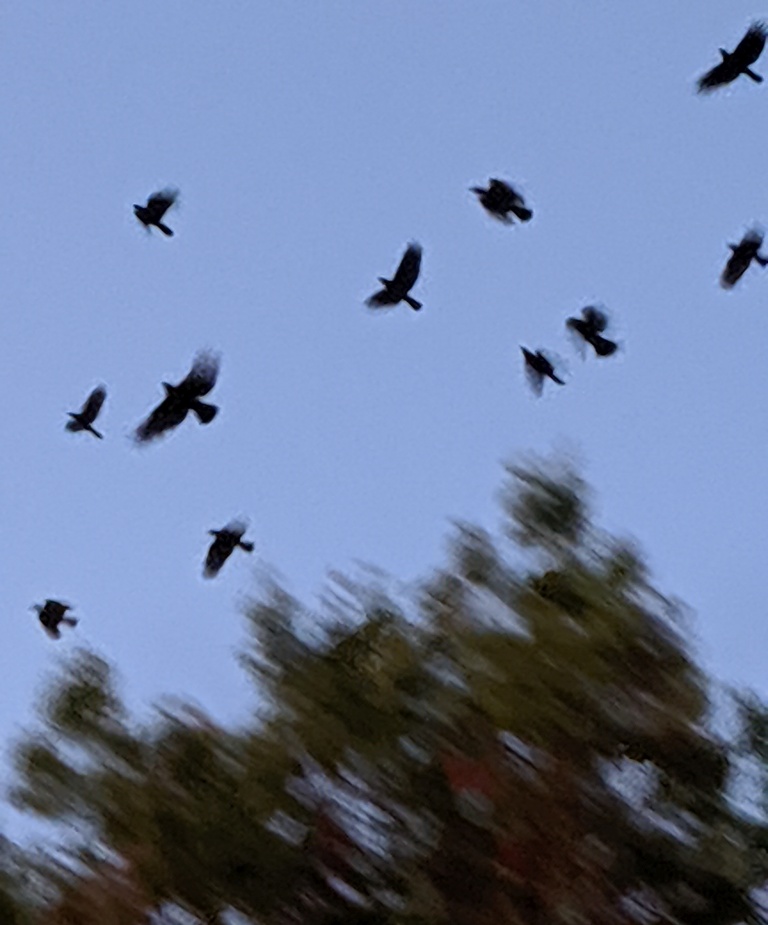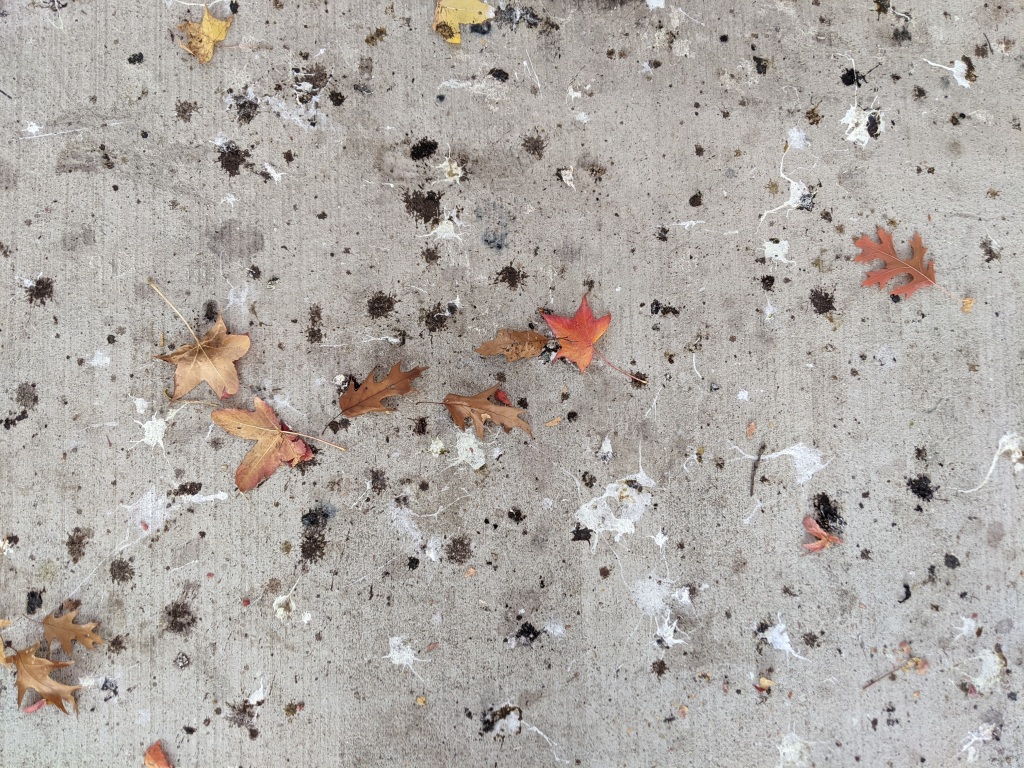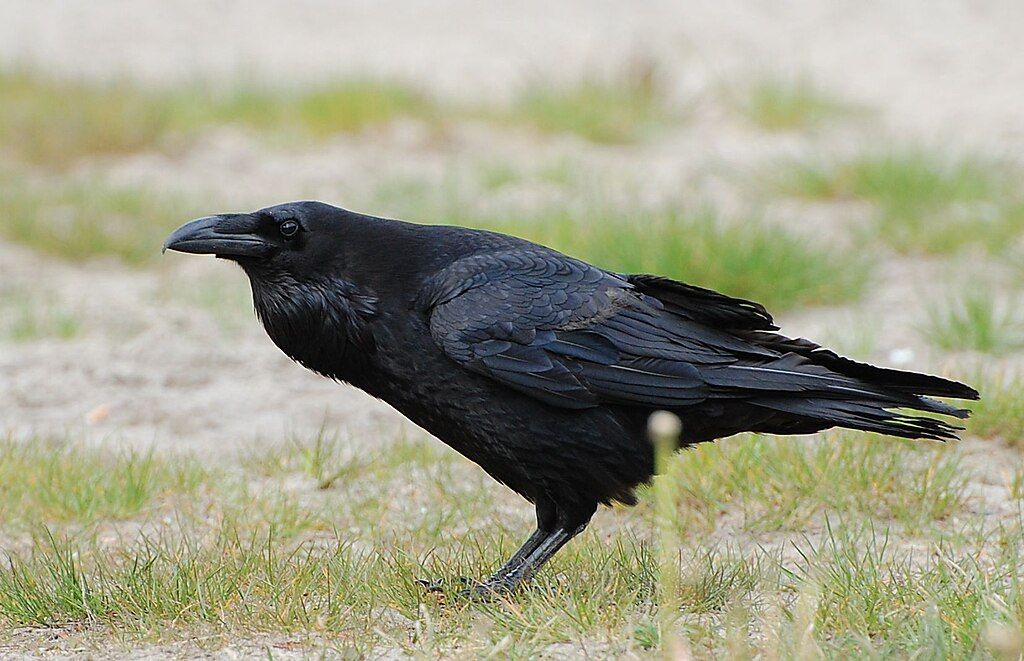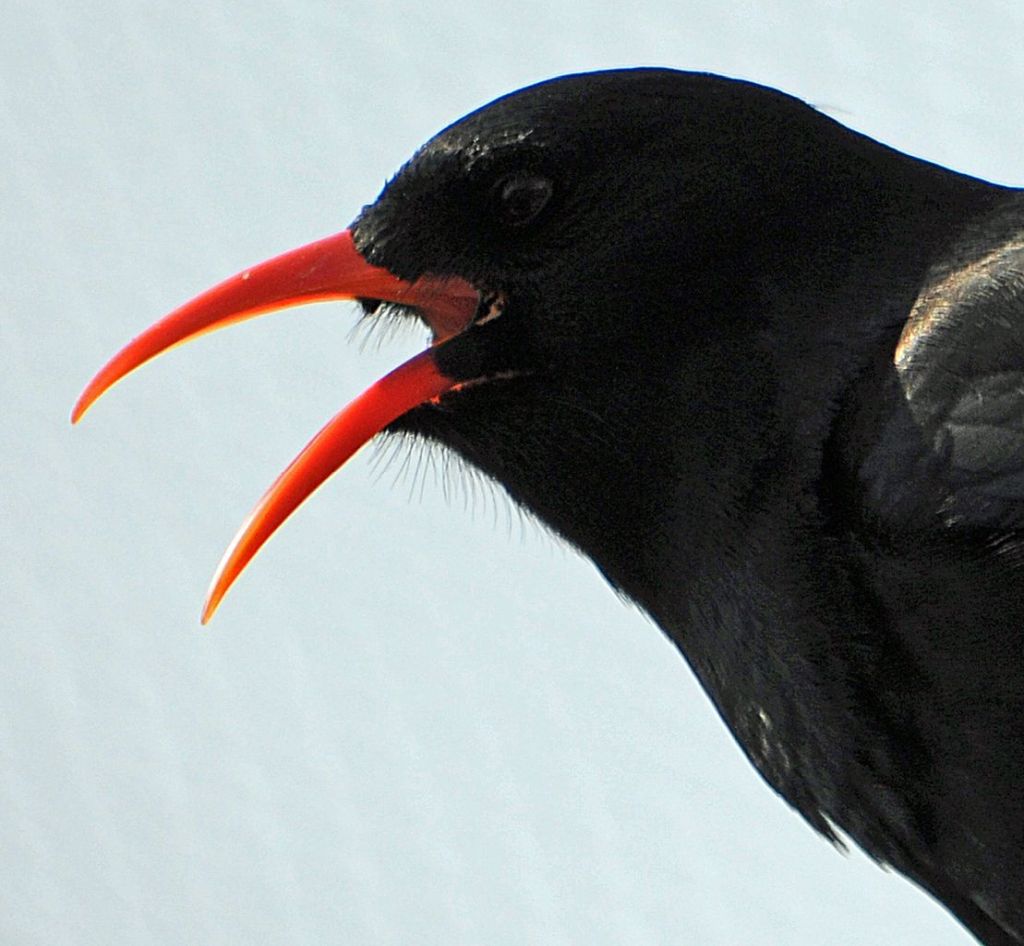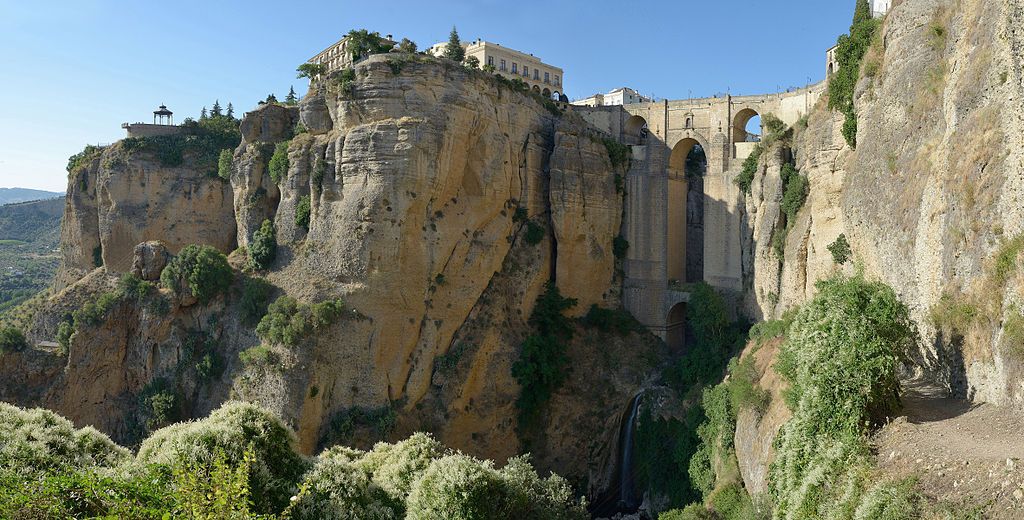
15 December 2024
For stirring winter wildlife spectacles in our own backyard it’s hard to beat Pittsburgh’s winter crow roost. Once you’ve seen them you can’t help but wonder: How many crows are there? In less than two weeks, if we’re lucky, we’ll find out.
On Saturday 28 December volunteers will fan out across the 7.5-mile radius Pittsburgh Christmas Bird Count (CBC) circle to tally all the birds they see in 24 hours. It’s the perfect time to count crows but it takes a team to do it. How do we count crows?
First, Find the Roost. Top Priority this week.
The best way to find all the crows in one place at one time is to count them entering, exiting or perched at their massive communal roost. But they change their roost often in late December. I need your help finding it.
Let me know where you see lots of crows after 4:00pm in the city limits. Tell me about …
- Huge flocks of crows
- After 4:00pm or Overnight
- Where are they? Provide specific location, street or landmark.
- If flying, what direction are they going? I’ll map your contribution and triangulate.
When To Count? Dusk.
For the CBC we (the crow count team) arrive in the target area around 4:15pm (45 mins before sunset) and count until it’s too dark to see, around 5:45pm (45 mins after sunset). Most of the crows come in after 5:20pm.
If we’re not sure where the roost is (oh no!) we follow the crows by car to the point where they congregate. This is a nerve wracking activity because crows do not fly the street grid.
If we know where the roost is (ideal!) we assemble at various vantage points to view the roost.
Estimate!
Are we counting every single crow? No way!
- Estimate the number of crows in a particular patch of sky or a section of the roost, then multiply by the number of patches. This takes practice. Try it out this week.
- Count by 10s or — when it’s intense — by 100s.
In Flight
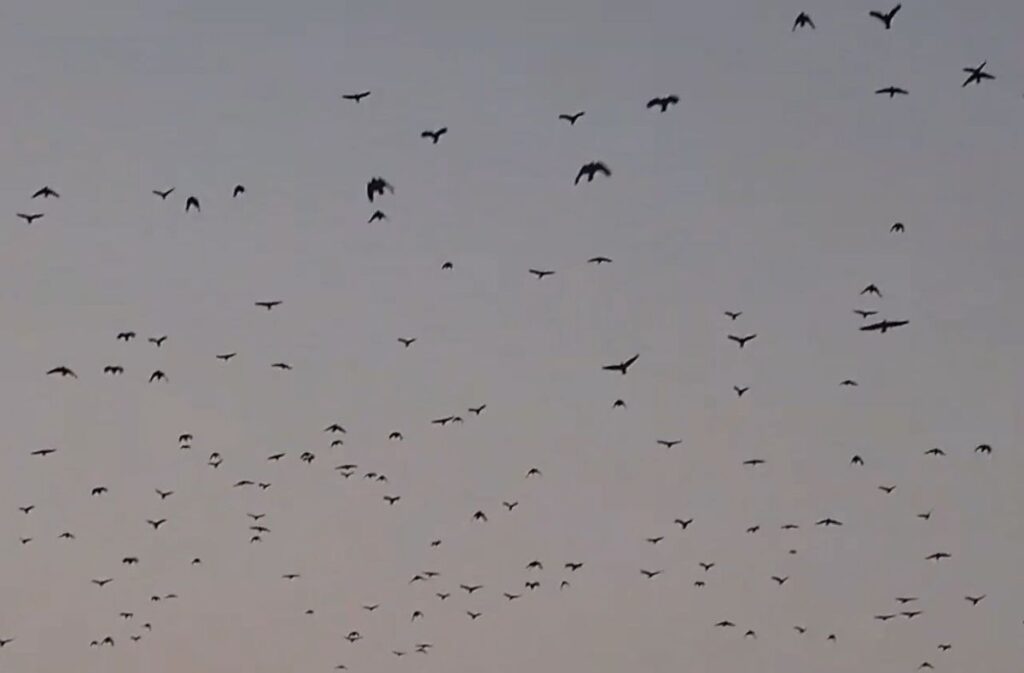
If you’re on a crow flight path after 4:00pm you can count them as they go by. However, a vantage point underneath the stream (photo above) is basically impossible to count.
Find a straight edge boundary and count them as they pass the edge. The edge in this photo is a signpost. A sparse flock like this could be counted by 10s.
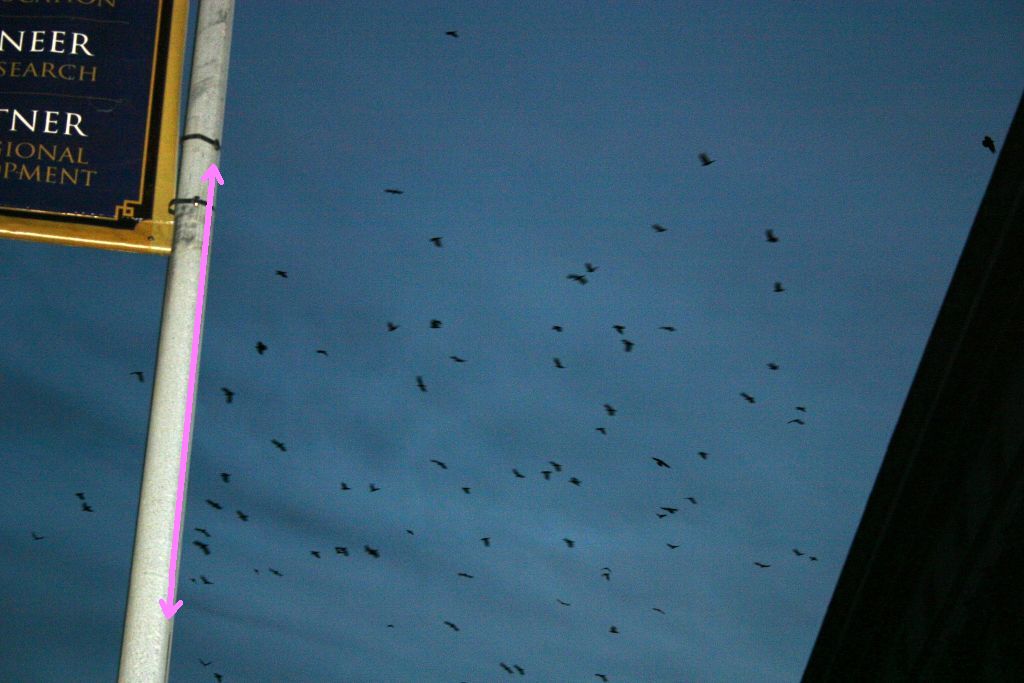
For the CBC we don’t want to double count so we find the roost and note the flight paths. If the flight paths have good vantage points we count there. This takes additional volunteers.
In 2023 you all sent great tips on where to find the crows so we were able to count them flying across the Monongahela River to the roost at Duquesne University. Alas they don’t roost at Duquesne anymore.
Count The Roost
If there are good vantage points at the roost, we wait until they’ve settled and count them there. This worked well in 2017 at the Oakland roost around Heinz Chapel and Carnegie Library.
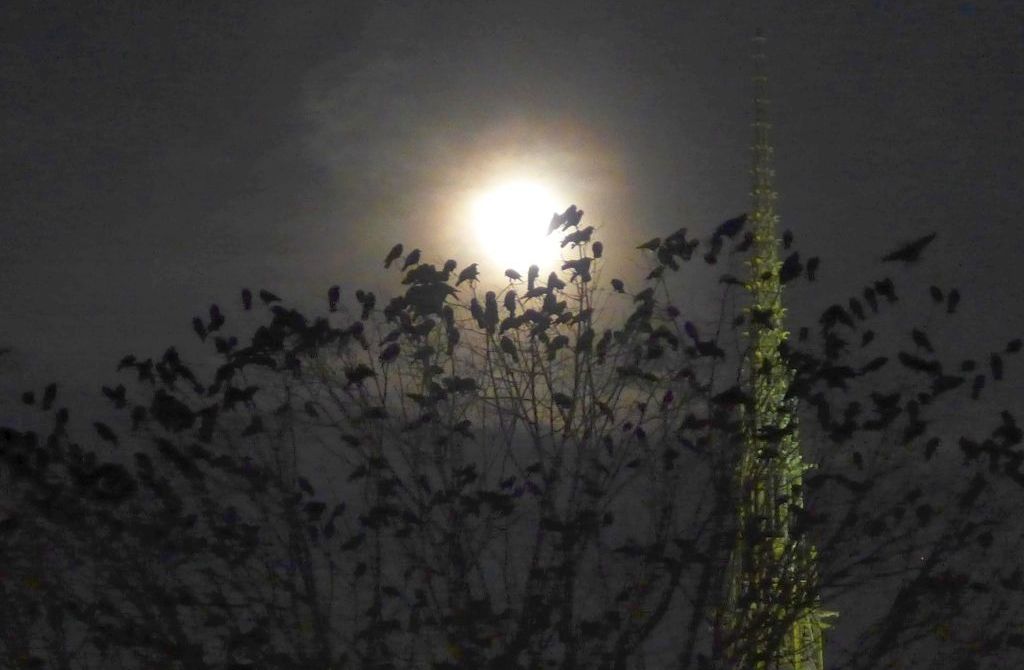
How You Can Help
Top priority this week is to Find the Roost. See instructions above. Stay tuned for opportunities to join the Crow Patrol.
p.s. For a really good guide on crow counting, check out Winter Crow Roost Counting Guide from Lawrence, Massachusetts.
